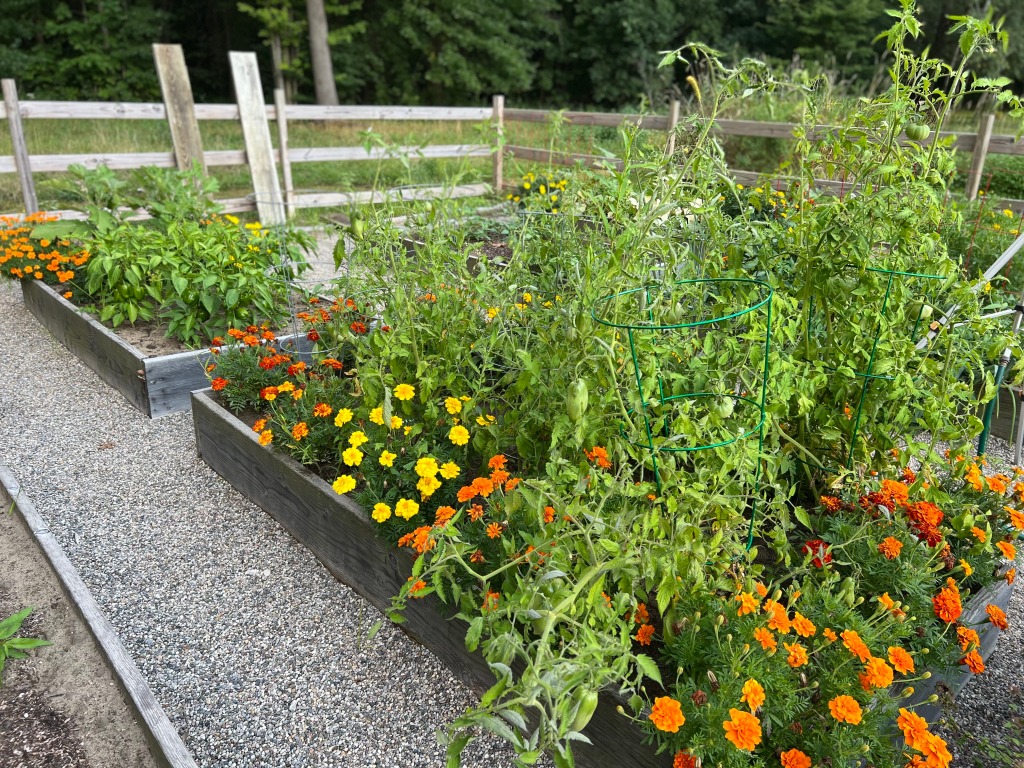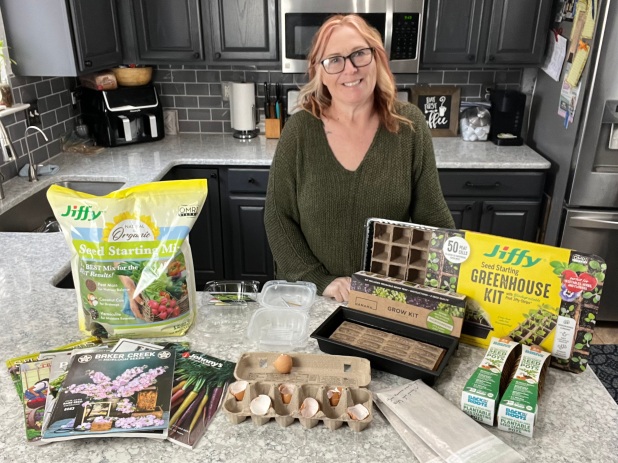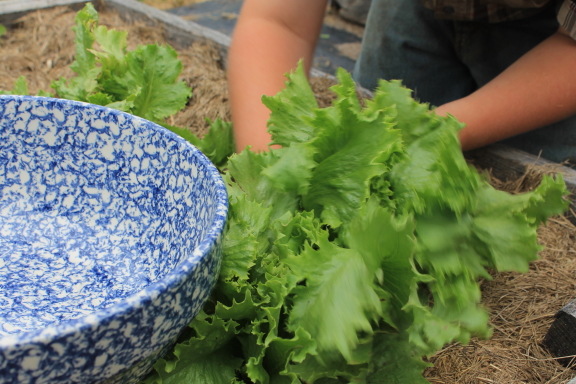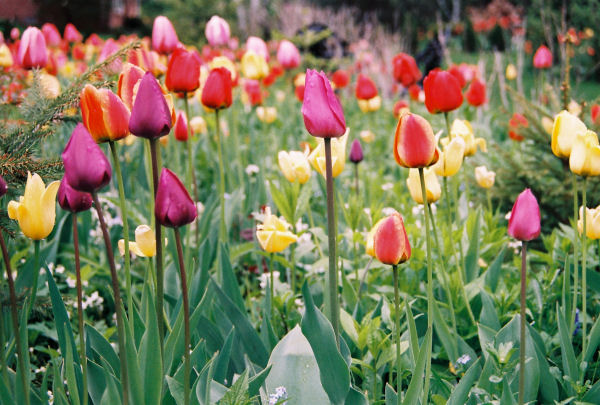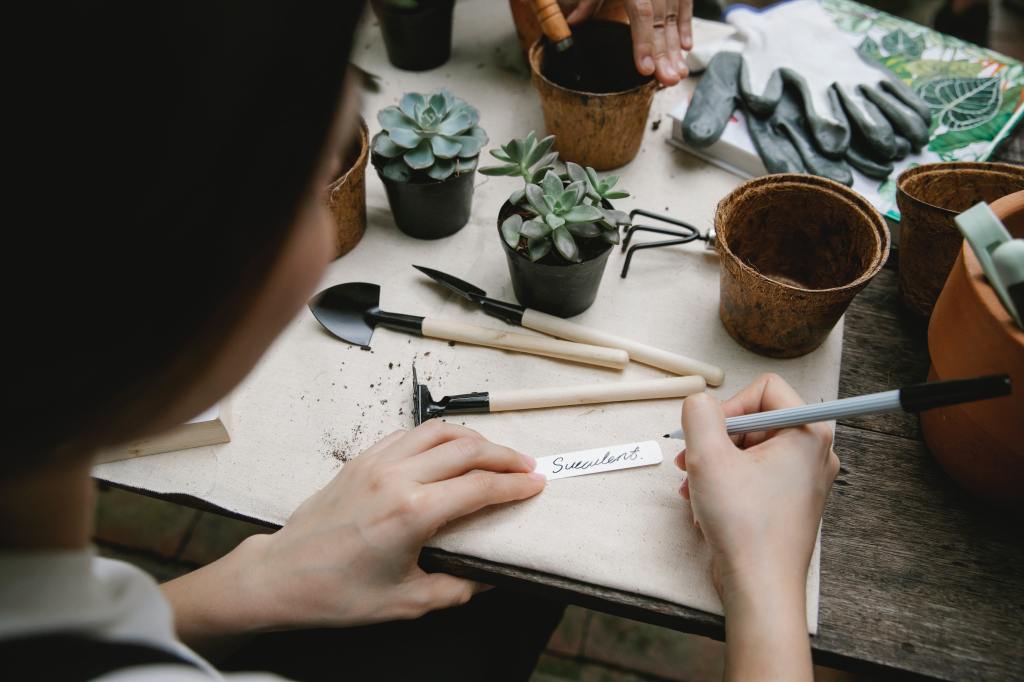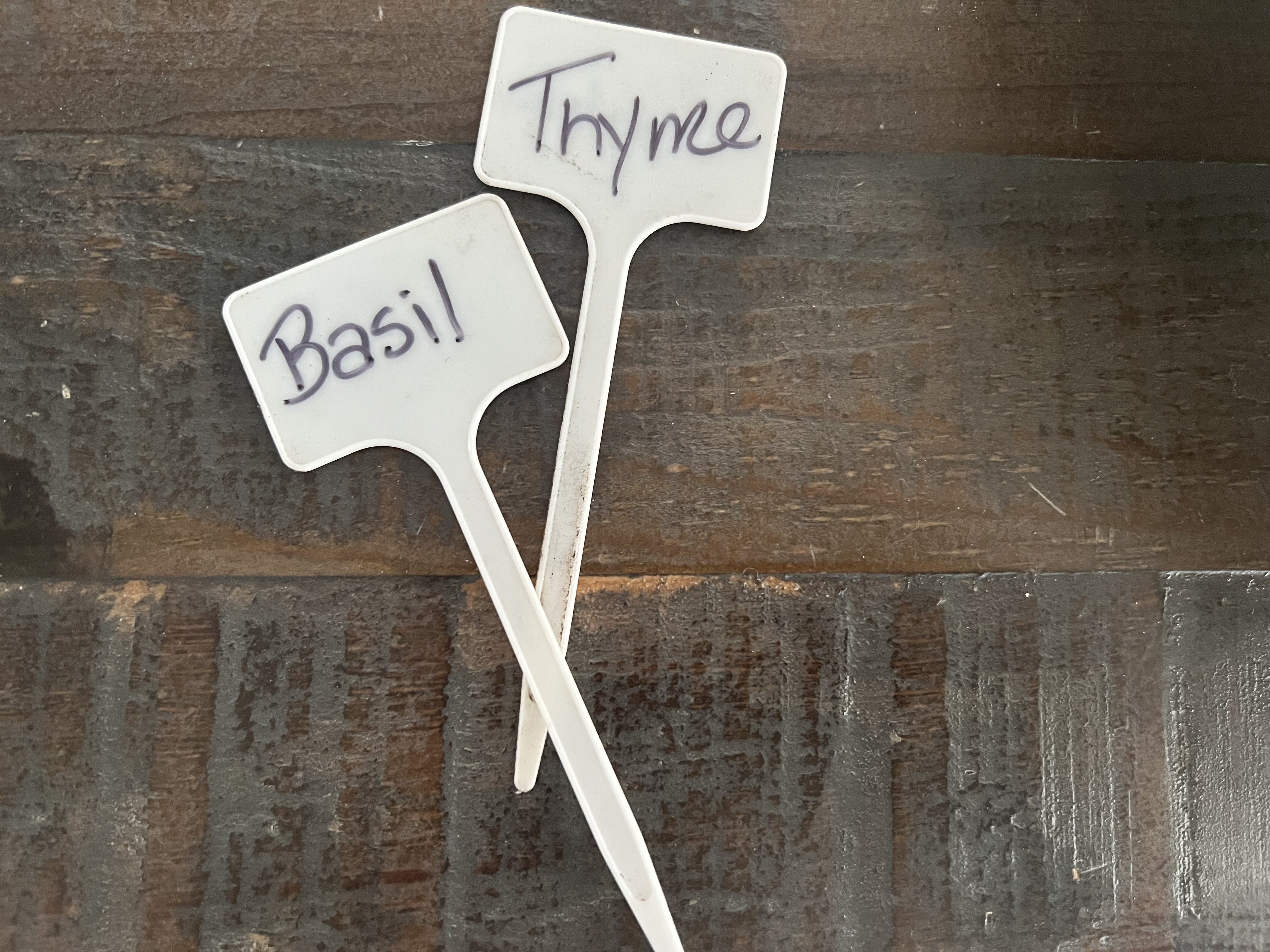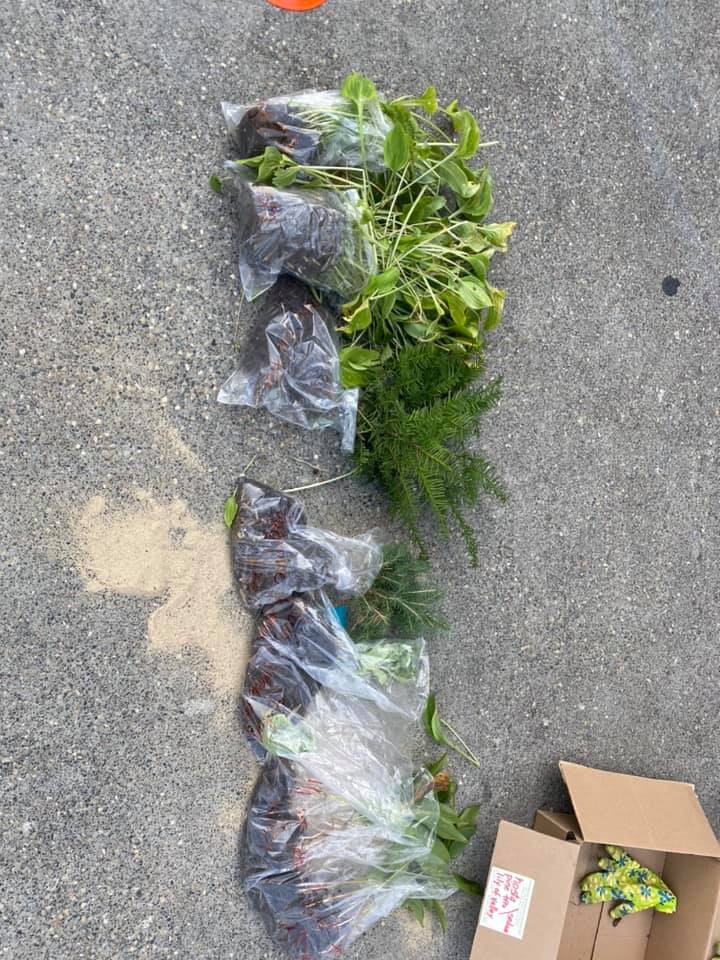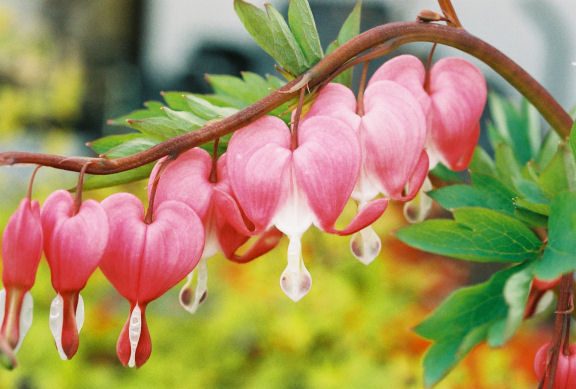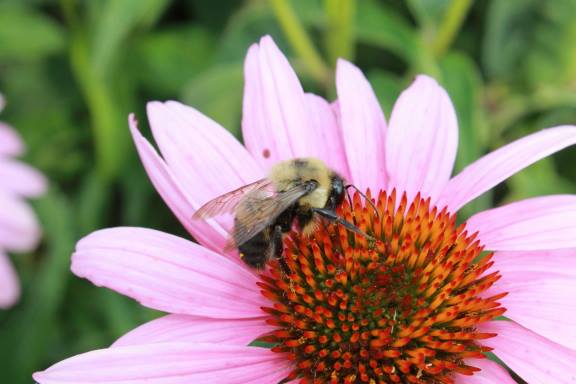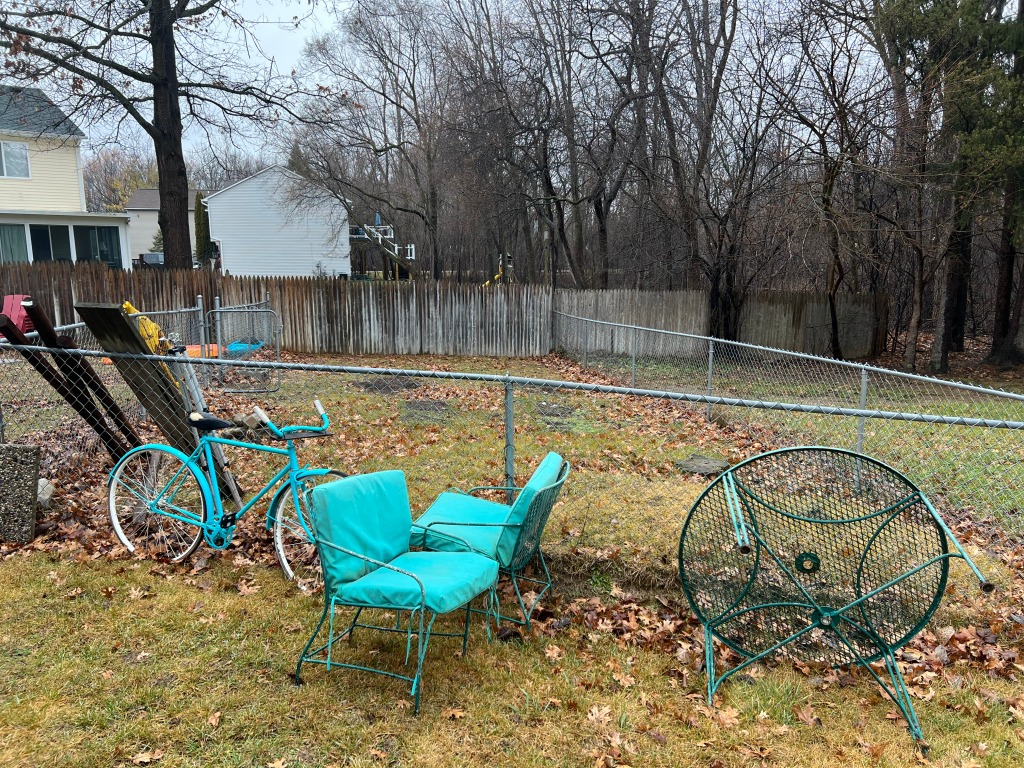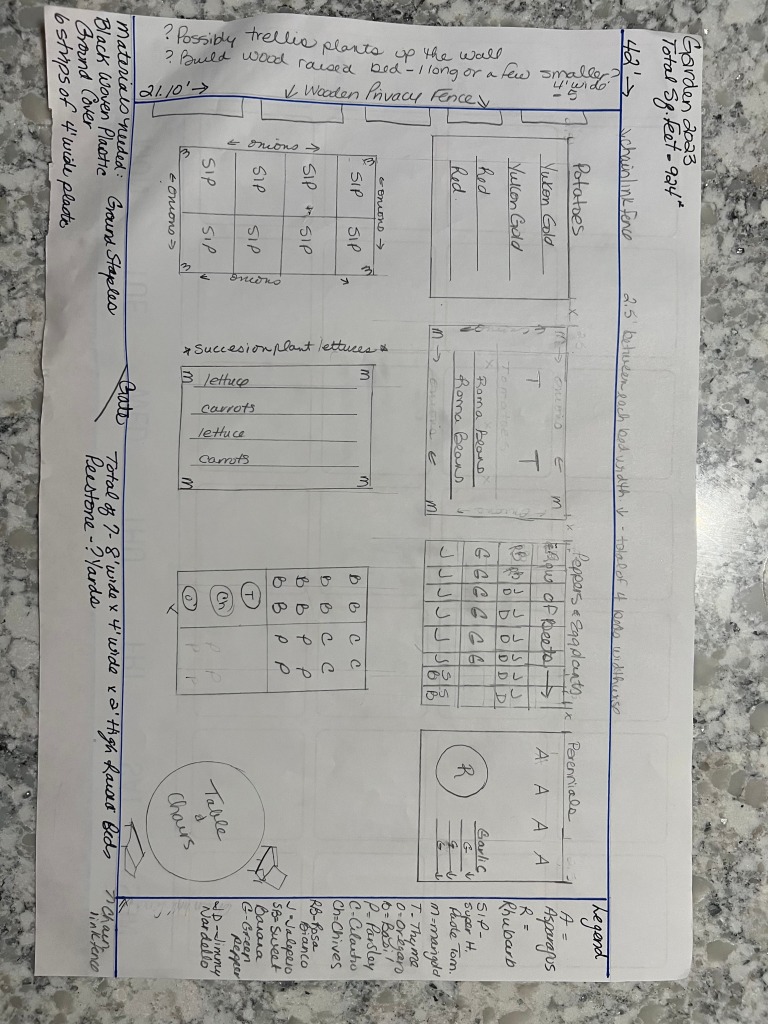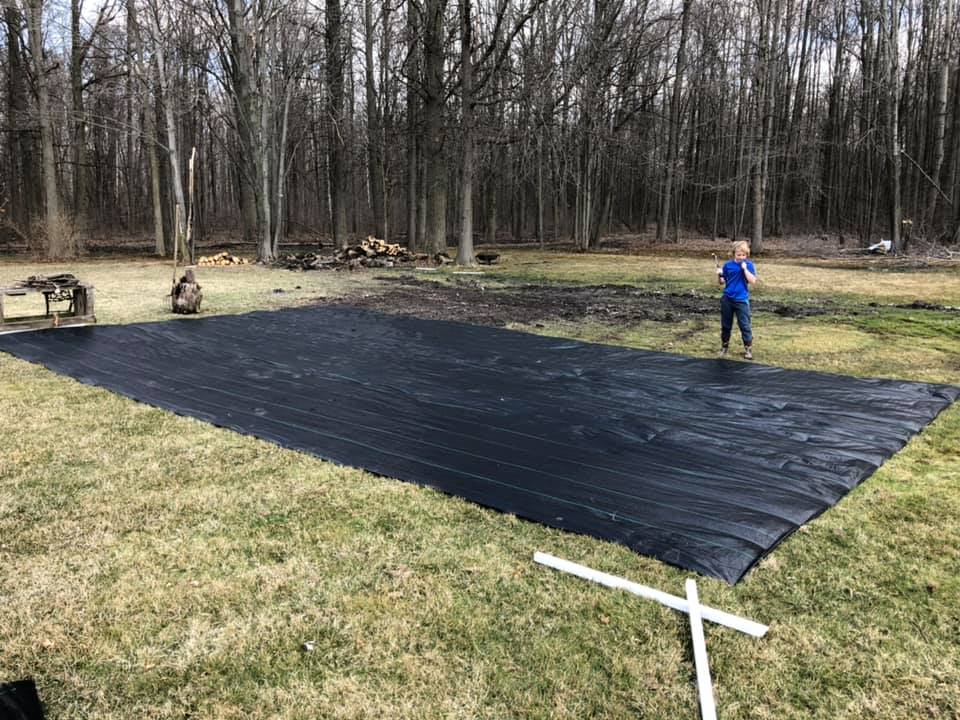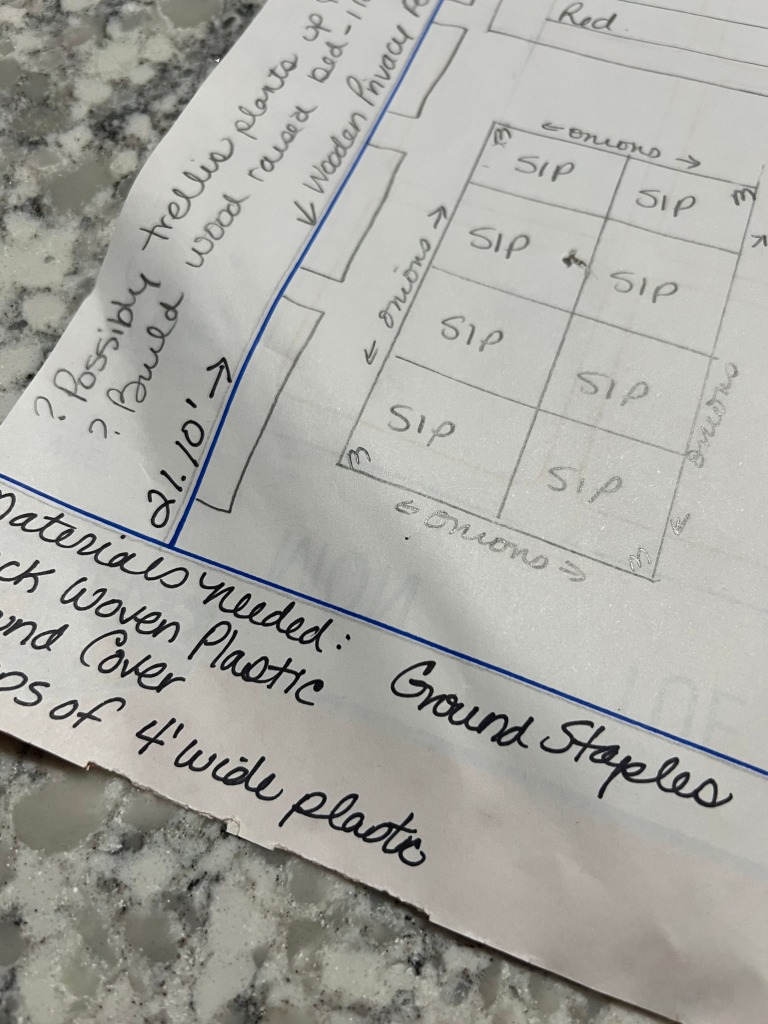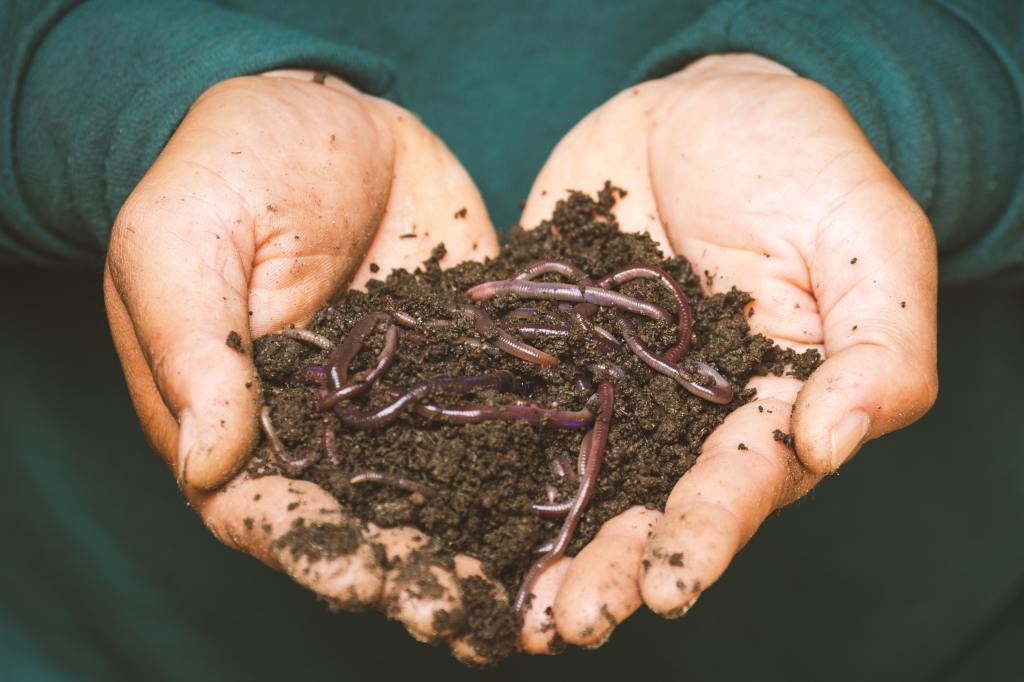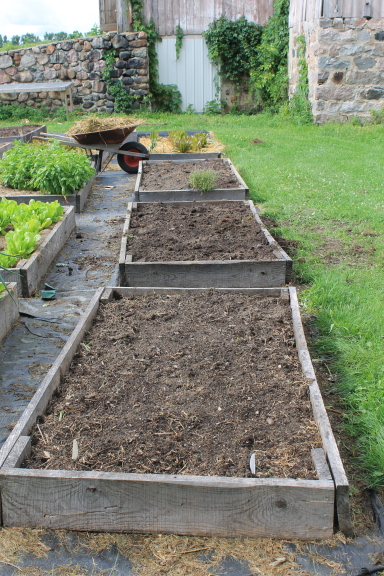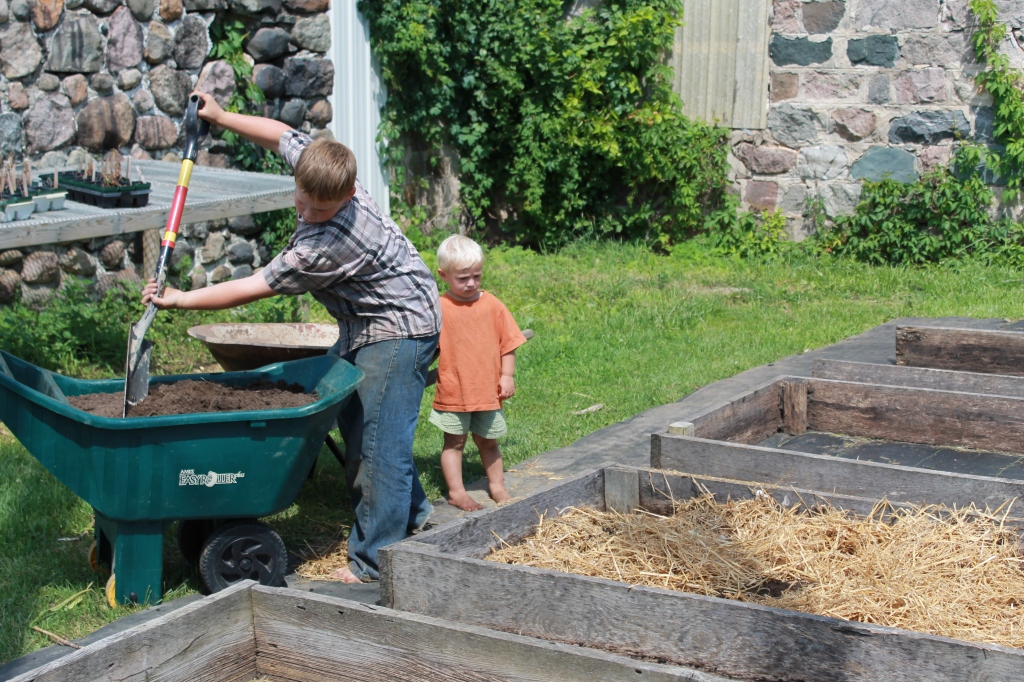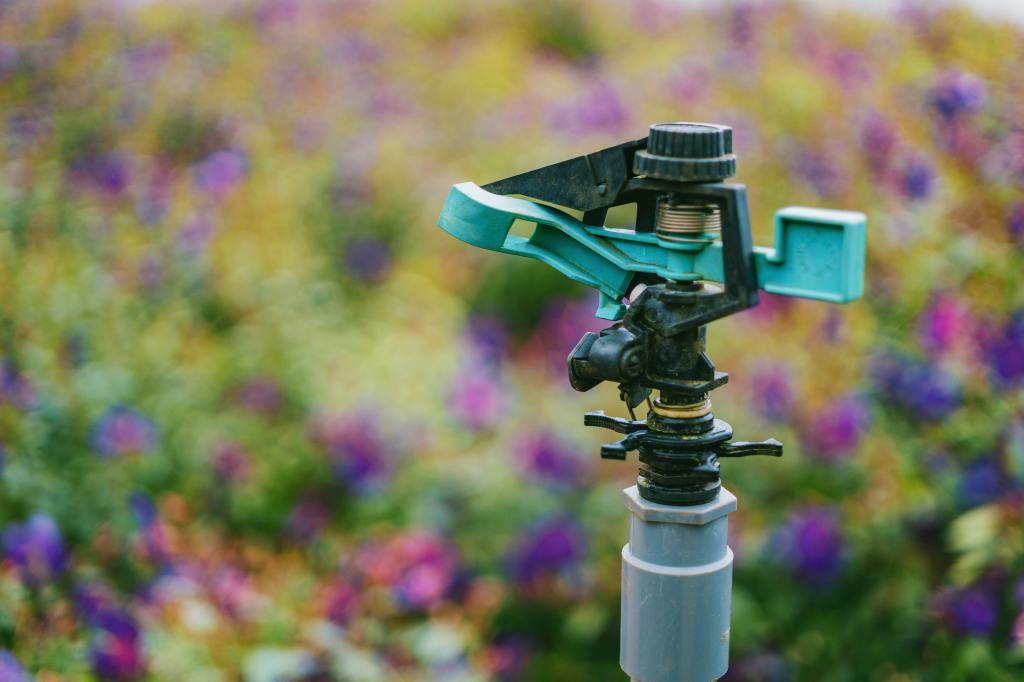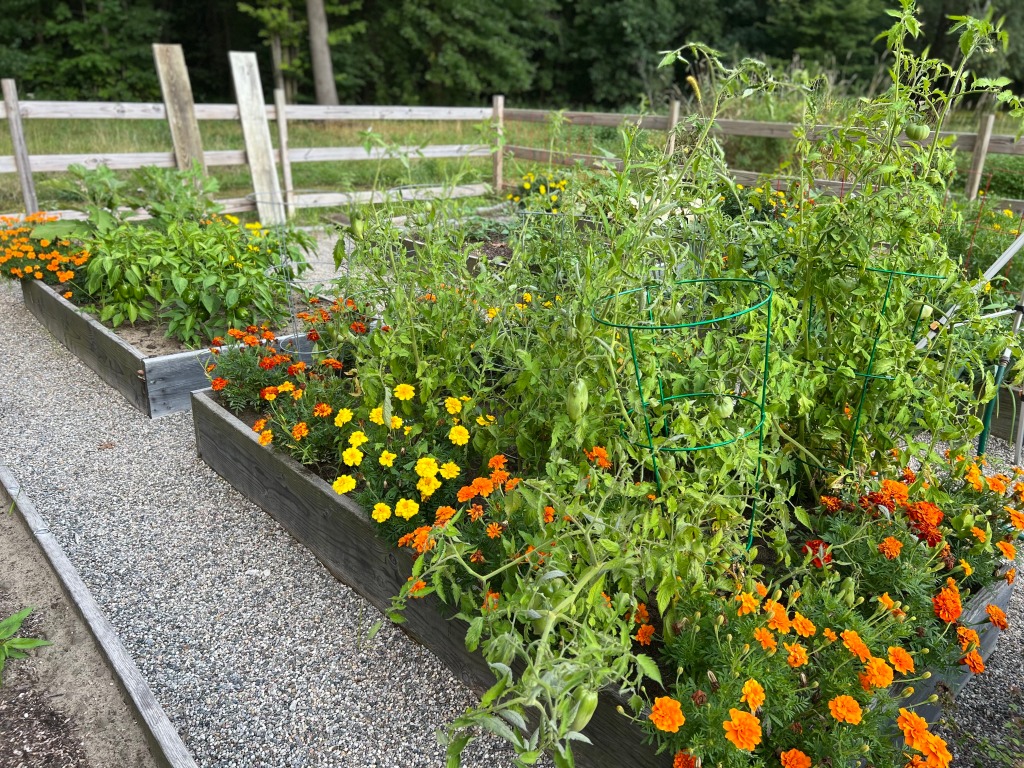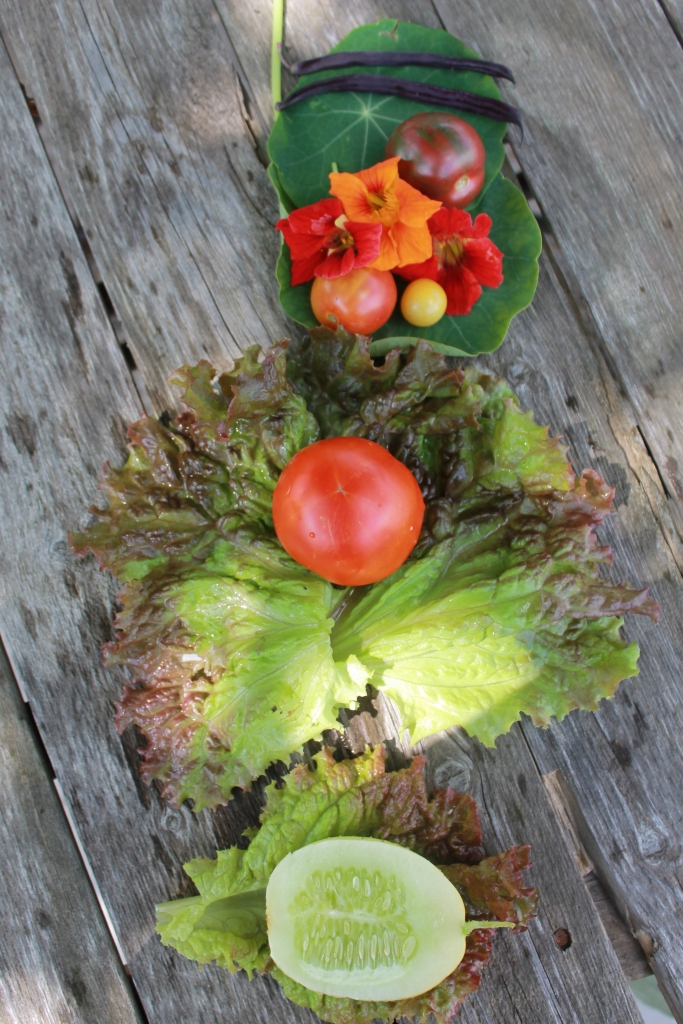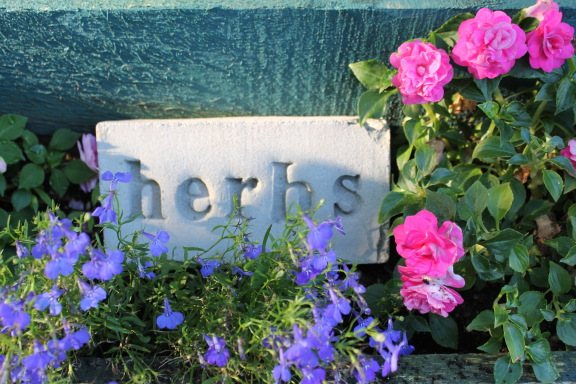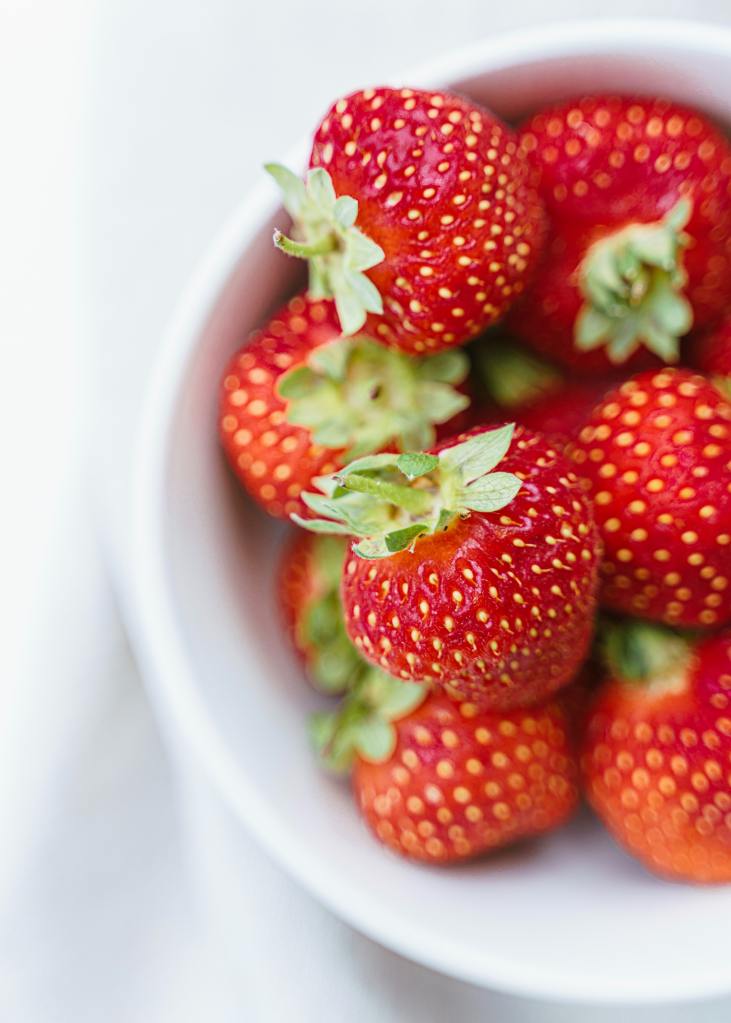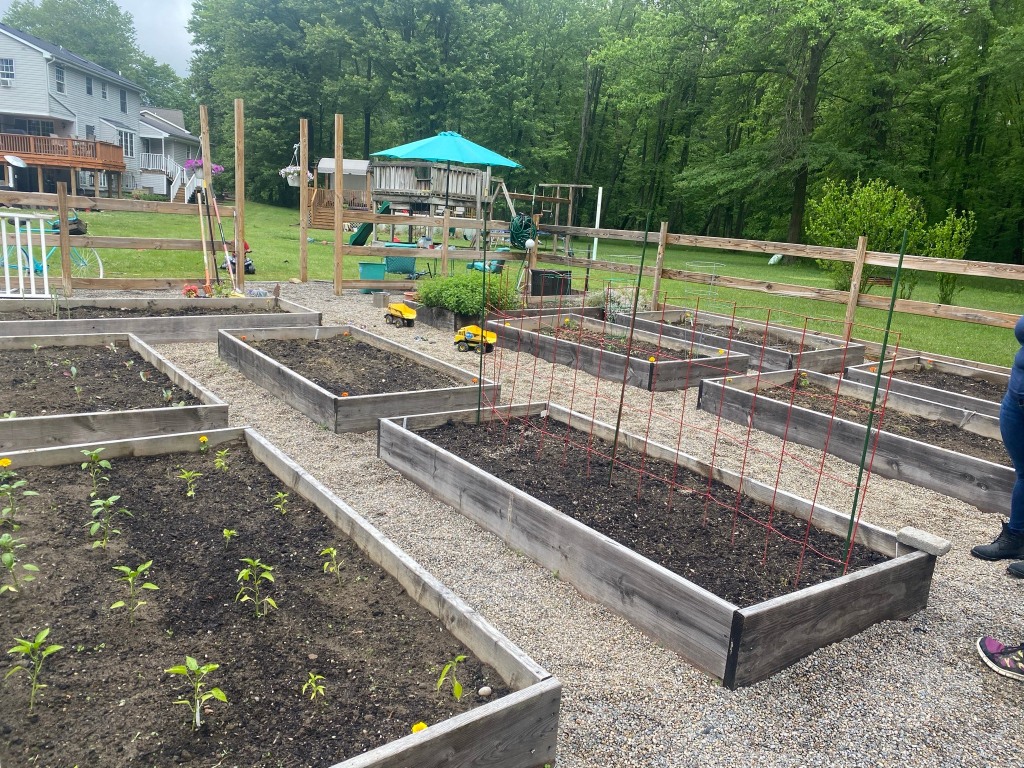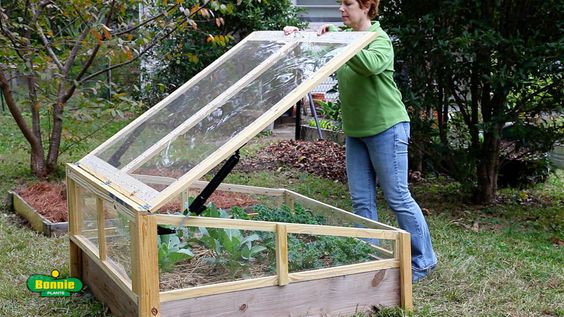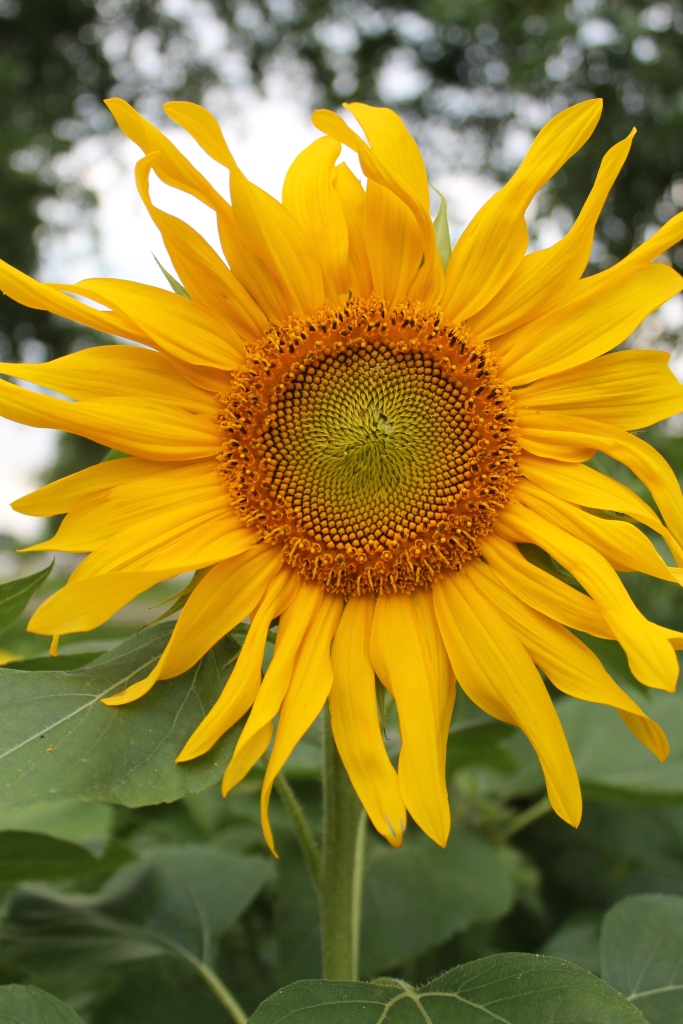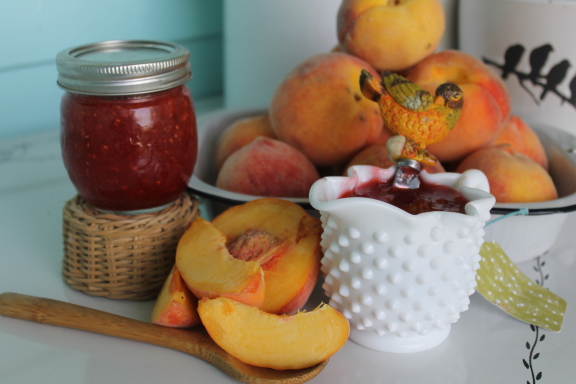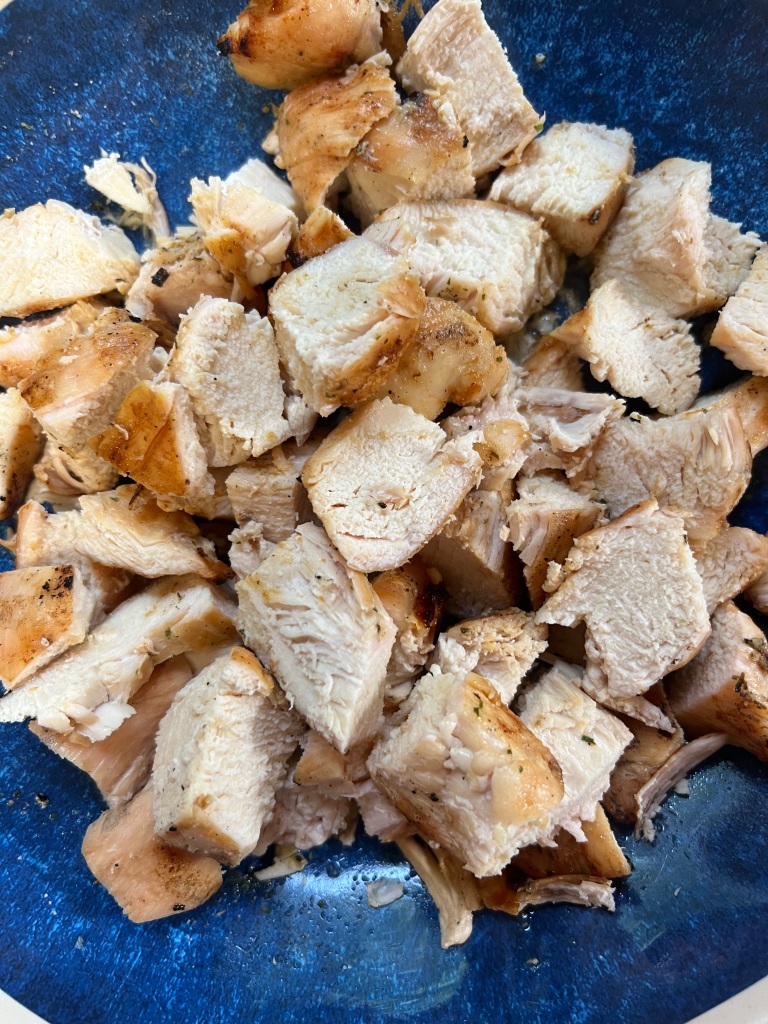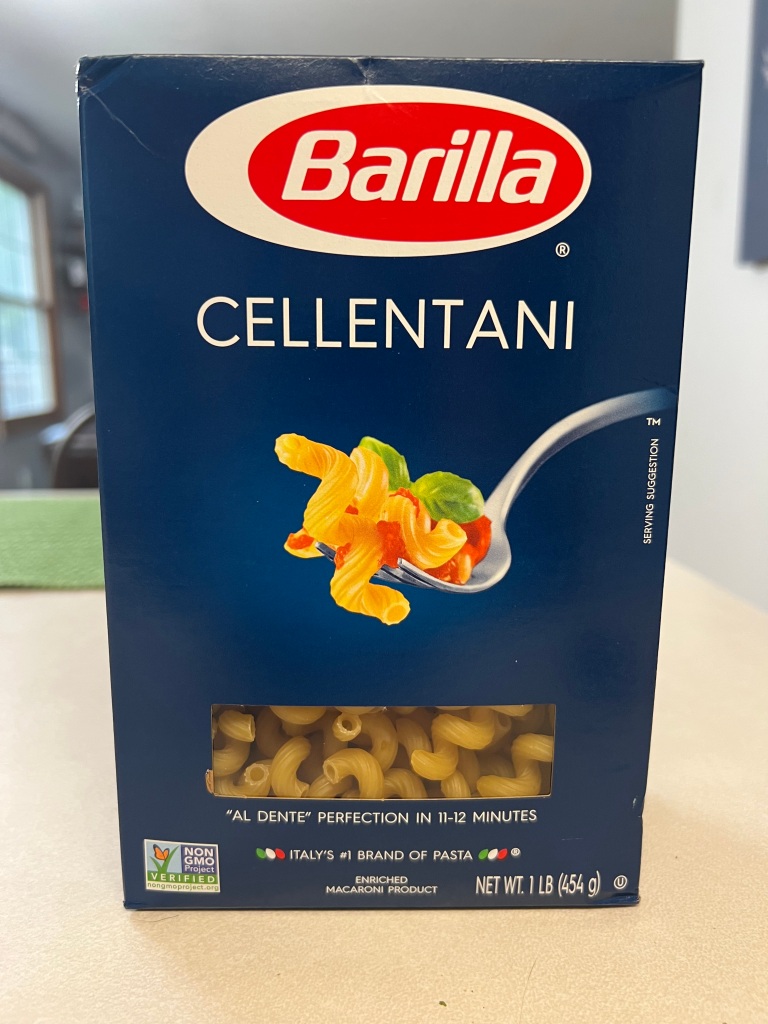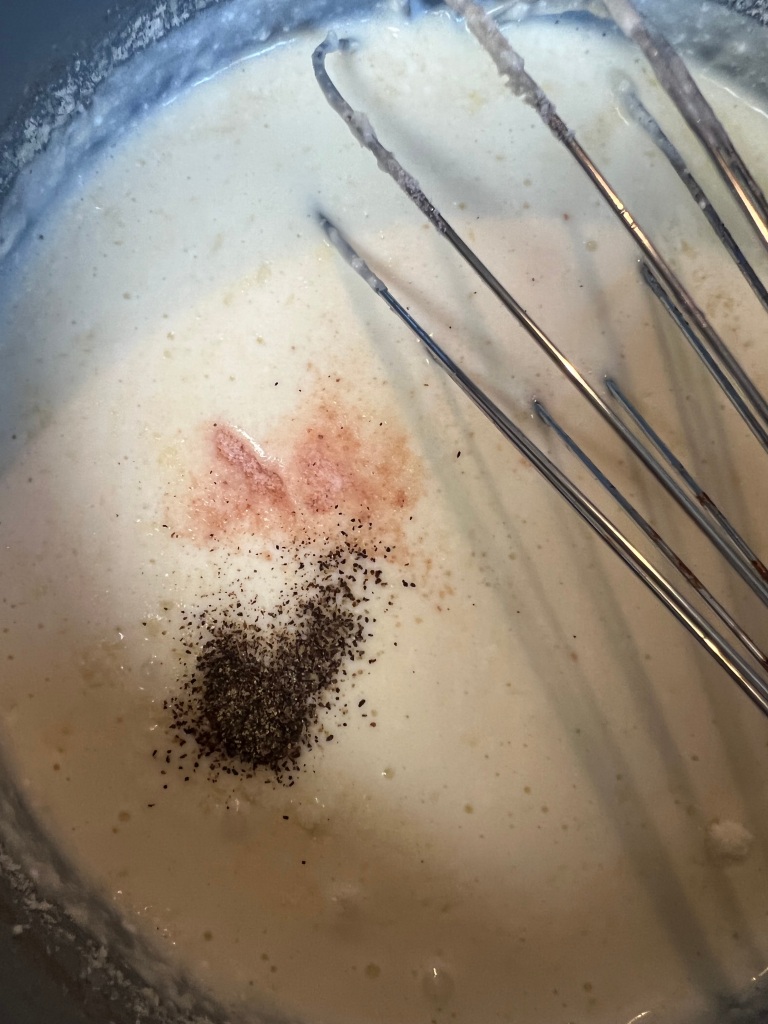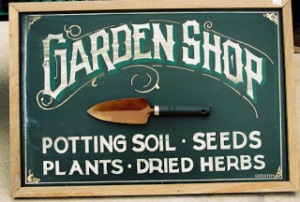
Only 59 more days till Spring…. ahh! Yes, that doesn’t sound so long at all. The sun is shining midst the cold air bringing happiness to my day. I long for that warm feeling that only a bright sunny day can give. I am a firm believer that too many cloudy days start to make people feel just like the day looks. The birds are chirping outside my window right now and it just feels good! The hoop house is growing beautifully despite the cold and snow that surrounds it outside. The spinach’s should be just about ready to cut along with the chard… oh yum! After I am done writing this that is my destination along with green house. I am excited about getting all the seeds started for this summers bounty in the fields… oh the dirt… that beautiful dirt that I long to dig into!
Be sure to check out my Facebook designated just for ‘For Dragonflies And Me’ and like it. Follow this link to see daily photo’s and extra recipes through the week! See you there
http://www.facebook.com/pages/For-Dragonflies-And-Me/550000798362651
 Most of you who have been readers of Dragonflies know my love of Herbs… gardening offers so many options for those who love the dirt. You don’t have to love veggie gardening to have exquisite flower gardens… you don’t have to want a Potager Garden to experiment with the world of Herbs. Even within the herbs that are available you can choose between Medicinal or Culinary. Gardening is a world filled with options for anyone who wants to take the time to explore his or her passions. Persoanly I don’t mess too much with medicinal herbs, other than a few like Comfry and mints. It’s just not my thing. Don’t get me wrong, I am very thankful for those that do, because I do utilize them in my life, but I prefer to grow the culinary ones… basil, oh the love of my life in the herb world and parsley, what would I do without her? There is also the world of house plants and cacti… I also don’t get into that very much. I love to be outside too much probably. But now is the time that you too can start a small herb garden right in your own kitchen on a sunny window sill! I would recommend using a window box planter because this will allow the plants more room to grow and spread their roots out! Get out those beautiful seed catalogs, cozy up with a cup of tea or coffee and peruse them until you find a few new and exciting things you want to try.
Most of you who have been readers of Dragonflies know my love of Herbs… gardening offers so many options for those who love the dirt. You don’t have to love veggie gardening to have exquisite flower gardens… you don’t have to want a Potager Garden to experiment with the world of Herbs. Even within the herbs that are available you can choose between Medicinal or Culinary. Gardening is a world filled with options for anyone who wants to take the time to explore his or her passions. Persoanly I don’t mess too much with medicinal herbs, other than a few like Comfry and mints. It’s just not my thing. Don’t get me wrong, I am very thankful for those that do, because I do utilize them in my life, but I prefer to grow the culinary ones… basil, oh the love of my life in the herb world and parsley, what would I do without her? There is also the world of house plants and cacti… I also don’t get into that very much. I love to be outside too much probably. But now is the time that you too can start a small herb garden right in your own kitchen on a sunny window sill! I would recommend using a window box planter because this will allow the plants more room to grow and spread their roots out! Get out those beautiful seed catalogs, cozy up with a cup of tea or coffee and peruse them until you find a few new and exciting things you want to try.
Here are a few varieties of Basil and Parsley that I love and recommend!
~Basil- Most people grow Genovese because that is what is more commonly found in stores. But if you do a bit of research, the best basil out there is called Pesto (can be found at Territorial Seed Company). It is a large leaf basil that explodes with true basil flavor. I also like Large leaf or sometimes referred to as Lettuce Leaf, this is a bit more common. The world of Basil is extrordinary! Baker Creek Heirloom Seeds (www.rareseed.com) has over 15 varieties… and there are more!
Try Lemon Basil as well… superb on fish and chicken dishes!
Purple Ruffles is both beautiful and delicious and looks stunning in a fresh garden or in a bouquet! When she blooms she is just magnificant.
~Parsley- Giant of Italy… that is all you need. She is a large leafed, tall prolific plant that will grow will into the cold winter months.
Most common is Italian Flat Leaf and Curly. Curly is not really for cooking, more for garnishment.
Other  Right now I am feeling pretty anxious about getting into that beautiful dirt and handling those tiny little seeds… little miracles each in their own right! So I thought today I would tempt all of you with some new ideas to try. What about Edible Flowers? These are scary to some… flowers belong in the flower beds or in a vase, not on a plate some would say. But flowers don’t just add beauty to a dish, they really can be yummy. Here are some ideas along with a few varieties to get you going!
Right now I am feeling pretty anxious about getting into that beautiful dirt and handling those tiny little seeds… little miracles each in their own right! So I thought today I would tempt all of you with some new ideas to try. What about Edible Flowers? These are scary to some… flowers belong in the flower beds or in a vase, not on a plate some would say. But flowers don’t just add beauty to a dish, they really can be yummy. Here are some ideas along with a few varieties to get you going!
~Nasturtiums: Not all edible flowers allow the luxury of having both the leaves and blossoms to eat, but nasturtiums do! They add a peppery flavor to any garden salad not to mention how beautiful they look sitting on the top! My personal favorite is Moonglow (in some catalogs referred to as Moonbeam or Moonlight). This buttery yellow vining nasturtium can become a mass of 7′-8′ vines that fill in a space. I have already planted one in a large crate or barrel and elevated on a cute garden chair and let it literally just pour out. It is simply stunning (see photo). Saving seeds from these plants is extremely easy as well. The beauty about this plant is that it continually blooms all summer long well into the first hard freeze. As the flowers die off, they quickly turn into a seed pod, drop off and can be collected quite easily after the frost. Keep the pea size seeds in a glass jar or in a plastic freezer container and sow liberally next season. They can be started in the green house or sown into the ground after the last frost date for your area. I do it the cheater way… I just leave several seeds where I want them to grow back, scratch a bit of dirt over them, place a marker there so I don’t forget in the spring and wait to see those cute little sprouts in the spring! I grow many for market to sell as companions with my tomato, basil & marigolds. They will help ward off some bad bugs from your tomatoes. This plant really is a hard worker! If you’ve never given her a chance, this is the year for it.
Some other varieties that are superb are Peach Melba, Cherries Jubilee, Empress of India. Some nasturtiums are mounding types while others are vining. Be sure to read type descriptions so you don’t end up with something you don’t want! They also love being in containers including window boxes!
 ~Day Lily: Just the flower here folks. Be sure to take the stamens out, they are bitter and could make you sick. Try stuffing them with a cream cheese and bacon mixture, deep fry
~Day Lily: Just the flower here folks. Be sure to take the stamens out, they are bitter and could make you sick. Try stuffing them with a cream cheese and bacon mixture, deep fryfor an appetizer.Very good!
~Pansy & Viola: Not really much of a definite flavor. More simply for the beauty they add to a salad.
Take viola’s and freeze in your ice cubes for a very pretty effect for special guests.
salad.
Take viola’s and freeze in your ice cubes for a very pretty effect for special guests.
~Squash Blossoms: Many of us plant a zucchini or yellow squash plant with the anticipation of that first grilling of them, I know I do. We love to take some fresh Thyme and soak in olive oil and then brush on while grilling… oh I can’t wait for summer!!!! Anyway, we too also get to a point where we may be getting tired of it and our friends no longer answer the phone when they see our name on the caller I.D. LOL! Well, don’t yank the plant out, give the blossoms a try. See below for a great recipe. Be sure to take the stamens out. After you have your fill of the blossoms, you’ll be ready to start back on the squash!
Be sure to check out this http://www.gardenguilds.com for lots of more info and more great recipes! Follow this link for a comprehensive list to edibles!
http://www.gardenguides.com/daylily-flower-marjoram.html
~Squash Blossoms: Many of us plant a zucchini or yellow squash plant with the anticipation of that first grilling of them, I know I do. We love to take some fresh Thyme and soak in olive oil and then brush on while grilling… oh I can’t wait for summer!!!! Anyway, we too also get to a point where we may be getting tired of it and our friends no longer answer the phone when they see our name on the caller I.D. LOL! Well, don’t yank the plant out, give the blossoms a try. See below for a great recipe. Be sure to take the stamens out. After you have your fill of the blossoms, you’ll be ready to start back on the squash!
 Be sure to check out this http://www.gardenguilds.com for lots of more info and more great recipes! Follow this link for a comprehensive list to edibles!
Be sure to check out this http://www.gardenguilds.com for lots of more info and more great recipes! Follow this link for a comprehensive list to edibles!
http://www.gardenguides.com/daylily-flower-marjoram.html
Here are some yummy recipes that will help you to incorporate some of those edible flowers! Enjoy Friends!
Rose Geranium Cake
There are two preparations that must be done the night before making this cake and frosting… wrapping sticks of butter with leaves AND making the rose geranium sugar for the frosting.
PREPARE the night before:
24 Rose geranium leaves
4 1/4 cup sticks butter (1 pound)
Rinse leaves and wrap 5 or 6 leaves around each stick of butter. Wrap butter in foil or plastic wrap, refrigerate overnight.
Rose Geranium Frosting Sugar – prepared the night before as well
1 1/2 cups raw organic sugar, divided
3 or 4 fresh rose geranium leaves
Use a container with a tightly fitted lid and pour 3/4 cup sugar into container. Wash rose geranium leaves, add to sugar container. Cover with another 3/4 cup sugar. Cover container and let stand overnight. Remove leaves before using sugar.
NEXT DAY:
Cake:
1 3/4 cup sugar
6 egg whites
3 cup cake flower, sifted
4 tsp. baking powder
1/2 tsp. salt
3/4 cup milk
1/2 cup water
1 tsp. vanilla extract
1. Remove leaves from butter (save leaves); gradually add sugar, creaming until light and fluffy. Add egg whites two at a time, beating well after each additions.
2. Sift together flower, baking powder and salt; combine milk, water and vanilla. Alternately add dry ingredients and milk mixture to creamed mixture, beginning and ending with dry ingredients; beat smooth after each new addition. Grease and flour two 9″ round or 8″ round layer cake pans.
3. Arrange 10-12 rose geranium leaves, including those saved from the butter) on bottom of each pan. spoon batter over leaves and bake in a 350 degree oven for 30-35 minutes or until done.
4. Cool in pans for 10 minutes. Remove layers from pans and let cool on racks. Gently remove rose geranium leaves from bottom and discard.
Frosting:
1 1/2 cup rose geranium sugar
2 egg whites
1/3 cup cold water
1/4 tsp. cream of tartar
dash of salt
1. Place rose geranium sugar, egg whites, water, cream of tartar and salt in top of double boiler, (do not over heat). Beat 1 minute with electric beater. Place over, but not touching boiling water; cook, beating constantly until frosting forms stiff peaks (about 7 minutes). Remove from boiling water, beat until spreading consistency (about 2 minutes). Frost between layers and spread frosting to cover sides and top of 2 layer cake. Garnish frosted cake with candied rose geranium leaves made by rolling dampened leaves in sugar.
HINT: If this recipe is too time consuming, but you want a special cake, just cover the bottom of a cake pan with the rose geranium leaves and pour batter fro a pound cake, or even a plain white cake, over leaves. Bake and remove leaves from bottom after baking. imparts a wonderful flavor to cakes!
Candied Violets
Candied Violets aer wonderful to top a chocolate cake. They can be used to decorate with fro a garden party or summer wedding shower. These delicate edible confredtctions can be used a sdecorations on cakes or simply put out for nibblers on a glass plate. Both scent adn flavoir are exotic.
1 egg white
perfect biolets and their leaves
granulated sugar
Whip egg white until it is frohy but does not stand in peaks. Gather perfect violets and thier leaves; wash them gently adn quickly in cold water and drip dry.
When dry, dip each vilet or leaf in the egg white and roll it quicky in the sugare to caost evenly, taking care not to get the sugar too thick.
Lay out on wasxe paper to dry well seperated.
In several hours or a day, the blossoms will be quite crisp and can keep for several months without losing fragrance or flavor.
Store in airtight tin, layered between waxed paper.
VARIATIONS: Try using mint leaves or pansies!
 Lavender Sugar
Lavender Sugar In a food processor finely chop 2 bablespoons dried lavender flowers. Add 1 cup of sugar. Blend. Store in an airtight container.
A nice addition to your next tea party!
Lavender Cream
1 cup Lavender blossoms
2 cups Whipping cream
Pour whipping cream over fresh cut leavender flowers and leave overnight. Next day remove lavender and whip cream… wonderful on fruit salad or use to frost a cake!
This only touches the bottom of the ice berg! If you are interested in more on edible flowers and recipes, just google it!
Happy Day,
Jean
